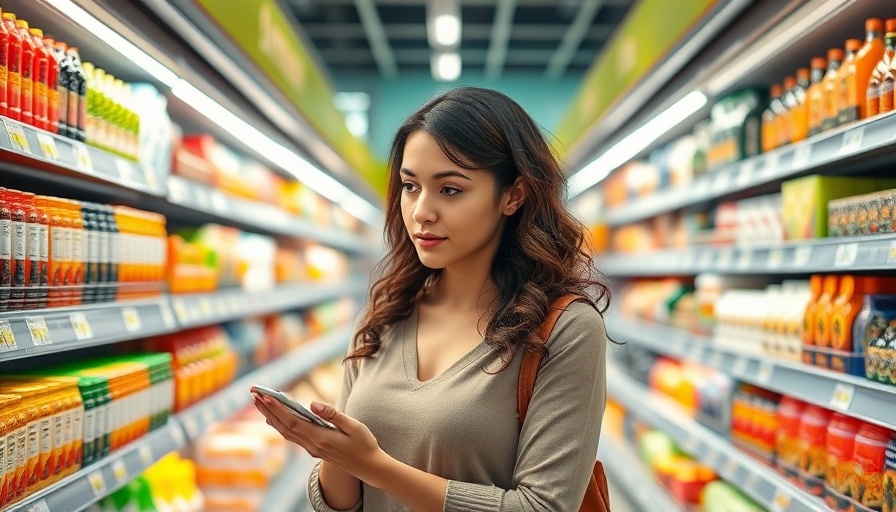
Consumers Weigh Cost and Quality Over Sustainability in 2025
As economic pressures mount, the prioritization of sustainable packaging appears to be shifting among US consumers. Recent findings from a comprehensive McKinsey survey underscore this shift, revealing that consumers are now placing greater emphasis on quality and cost over environmental concerns when making purchasing decisions. In fact, more than 70% of respondents indicated price and quality were 'very important' or 'somewhat important' in their choices, hinting that financial constraints in the post-2020 era are reshaping consumer sentiment.
The Impact of Inflation and Economic Uncertainty
The economic landscape has dramatically changed since the COVID-19 pandemic, with inflation rates soaring and geopolitical tensions affecting market stability. These factors have inevitably led to a reevaluation of spending habits. As many consumers grapple with rising costs of living, sustainable choices take a backseat while they prioritize essentials. In this context, the question arises: Will this trend toward prioritizing price and convenience hold steady, or could shifts in consumer awareness and activism alter the trajectory of sustainable purchasing?
Surprising Shifts in Consumer Concerns
What is particularly fascinating about these findings is how consumer attitudes toward food safety and waste have evolved. With an increasing focus on reducing food waste and ensuring longer shelf life, consumers are now more concerned with the functional aspects of packaging rather than its environmental impact. This emphasis resonates strongly within the projected consumer trends leading to 2025 and highlights a growing need for brands to adapt their strategies to fit emerging priorities.
Convergence of Online Shopping and Convenience
The rise in online shopping has likely played a crucial role in this transition. As consumers increasingly look for convenience when shopping online, packaging appearance has waned in importance. E-commerce has led to a situation where consumers care less about how a product looks and more about how quickly and safely it can arrive at their door. Brands must recognize this shift to better align their packaging innovations with consumer expectations.
Future Implications for Sustainability in Packaging
This transformation in purchasing values signals potential challenges for efforts promoting sustainable packaging solutions. Companies focusing solely on environmental claims may find it hard to resonate with the average consumer, who may not feel they can afford additional costs associated with sustainable materials. Moving forward, it will be pivotal for brands to find the right balance between sustainability, cost, and quality.
Actionable Insights for Industry Leaders
The key takeaway for executives and decision-makers is the importance of integrating consumer insights into sustainability strategies. It's no longer sufficient to merely market a product as 'green' without demonstrating tangible value and effectiveness. Companies should explore practical innovations that align with consumer needs while also advocating for environmental responsibility.
Emphasis on Education and Consumer Engagement
To successfully engage consumers around sustainable packaging, brands will also need to invest in consumer education. Informative campaigns that help consumers understand the benefits of sustainable packaging—from reducing waste to promoting health—can drive home the value beyond just price. Providing transparency on sourcing and production processes might also foster trust and encourage more sustainable choices.
As the dynamics of consumer behavior continue to evolve, it is vital for businesses to adapt proactively. This adaptability not only influences brand loyalty but also contributes to a larger societal movement toward sustainability, regardless of immediate purchasing motivations.
 Add Row
Add Row  Add
Add 




Write A Comment